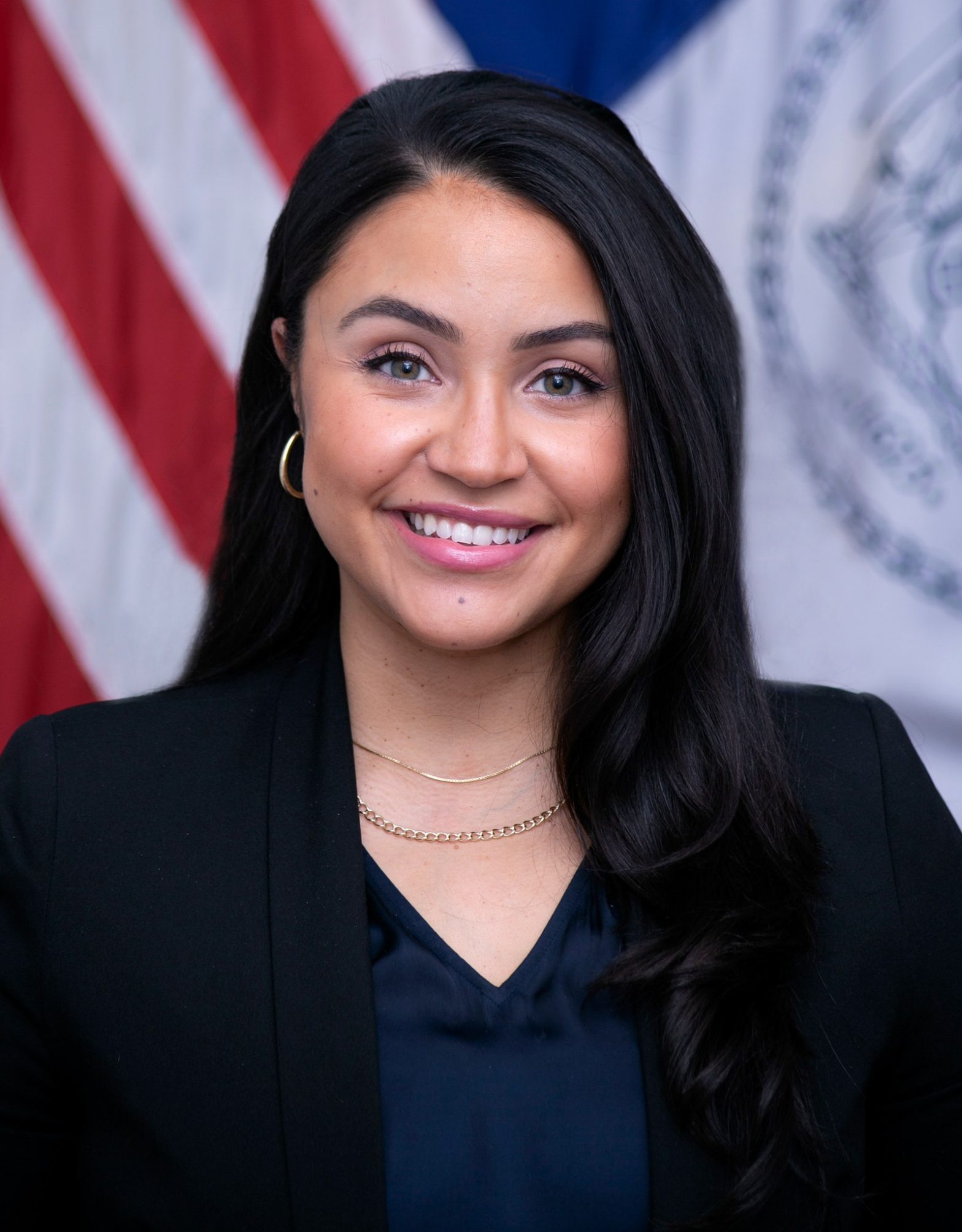As the US federal government struggles to meaningfully regulate AI—or even function—New York City is stepping into the governance gap.
The city introduced an AI Action Plan this week that mayor Eric Adams calls a first of its kind in the nation. The set of roughly 40 policy initiatives is designed to protect residents against harm like bias or discrimination from AI. It includes development of standards for AI purchased by city agencies and new mechanisms to gauge the risk of AI used by city departments.
New York’s AI regulation could soon expand still further. City council member Jennifer Gutiérrez, chair of the body’s technology committee, today introduced legislation that would create an Office of Algorithmic Data Integrity to oversee AI in New York.
If established, the office would provide a place for citizens to take complaints about automated decisionmaking systems used by public agencies, functioning like an ombudsman for algorithms in the five boroughs. It would also assess AI systems before deployment by the city for bias and discrimination.
Several US senators have suggested creating a new federal agency to regulate AI earlier this year, but Gutiérrez says she’s learned that there’s no point in waiting for action in Washington, DC. “We have a unique responsibility because a lot of innovation lives here,” she says. “It’s really important for us to take the lead.”

New York City council member Jennifer Gutiérrez wants the city to create an office to regulate AI.
Photograph: William Alatriste
Gutiérrez supports a testing requirement for algorithms used by city government because AI is beginning to be widely used, she says. City departments are interested in using AI software for administrative tasks like to assess the risk a child will be a victim of abuse, or student learning rates. She is also wary of mayor Eric Adams’ fondness for technology like robotic dogs and AI for making robocalls in languages he doesn’t speak. New York City has a reputation as a testing ground for surveillance technology, from a recent rise in drone use to questionable use of face recognition in housing and stadiums, and by police.
New York was ahead of the federal government on AI regulation even before this week. A city task force was formed in 2018 to assess its use of the technology. A law that requires hiring algorithms used by businesses to be checked for bias went into effect earlier this year. But some protections have been dialed back. In January 2022, Adams canceled an executive order signed by his predecessor, Bill de Blasio, that created an Algorithms Management and Policy Officer to work with city agencies on deploying AI in an equitable way. A report issued by the officer in 2020 said that city agencies used 16 kinds of algorithms that had a potentially substantial impact on people’s rights, but did not survey every AI model used by the New York City Police Department.
Gutiérrez says she still doesn’t have a comprehensive understanding of algorithms used by city agencies. An audit released in February by the New York state comptroller found that the city has an ad hoc and incomplete approach to AI governance. It warned this means the city can’t “ensure that the City’s use of AI is transparent, accurate, and unbiased and avoids disparate impacts.”
